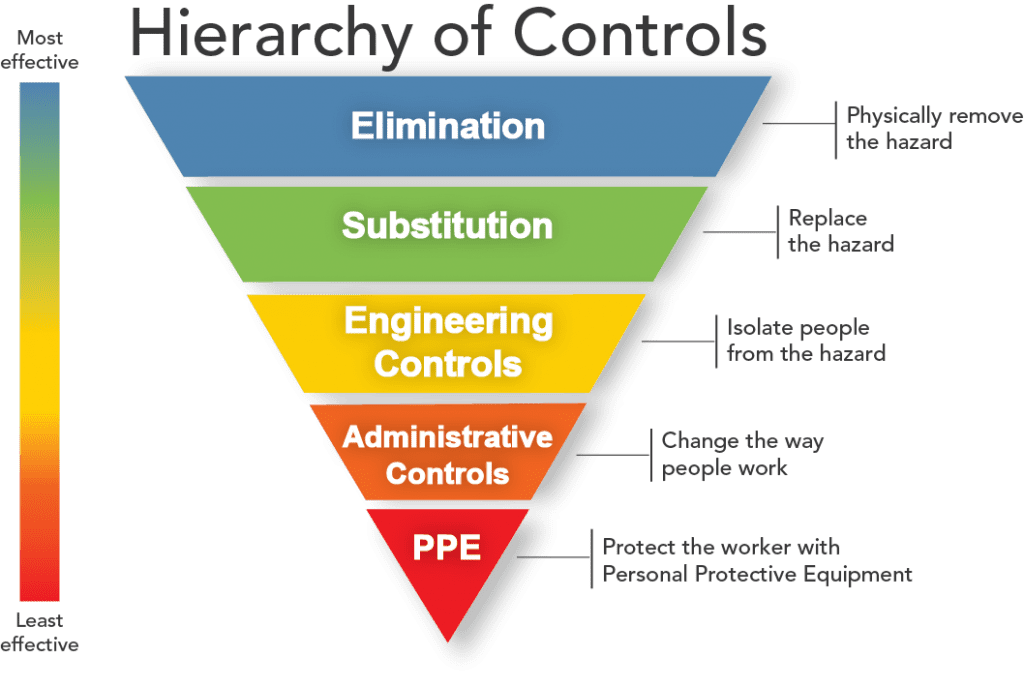Manual Handling Training Programs are, for a lot of businesses, a “nice to have”.
The risk of injury due to hazardous manual tasks can be well managed by using higher order controls like eliminating or substituting the task or by removing the worker from the task. Higher order controls in the workplace can be cheap, innovative solutions. However, the majority of higher order solutions are expensive and have a slow return on investment.

What about Manual Handling Training Programs?
Manual Handling Training Programs are a lower order control and are, by classification, not as effective as eliminating or substituting the task or removing the worker from the hazardous manual task. In addition to this, a comprehensive Manual Handling Training Program that ticks all the boxes can be expensive.
Can a Manual Handling Training Program be effective in reducing workplace injuries without the time and financial waste?
Thankfully, we have decades of evidence to help us understand what types of Manual Handling Training Programs are effective and what elements need to be included.
- Exercise training has a beneficial effect in terms of improving capacity of the individual for manual handling tasks;
- Comparing the lifting strategies of novice and expert workers may be helpful in devising safe lifting techniques;
- Training that is tailored to recipients’ knowledge and awareness of risks is likely to be more effective;
- Training workers and managers to assess and report risks in the workplace, is effective in reducing manual handling injuries;
- Ergonomics interventions adopting a multidimensional approach, including both the tailoring of training to suit the person and specific task requirements, along with equipment design/redesign, are effective in reducing manual handling injuries;
- The most successful ergonomics interventions are those that have included the observation of workers in their working environment, prior to the development and implementation of an intervention.
- Training in lifting technique is ineffective in reducing injuries involving manual handling;
- Educational based training is ineffective;
- Back School approach is not effective in preventing or treating injuries caused by manual handling;
Why?
- Principles learnt during training are not transferred into the working environment (this applies to all industries involving manual handling);
- There are differing views on what constitutes appropriate handling techniques.
References
- Clemes et al. What Constitutes Effective Manual Handling Training? Occupational Medicine 2010; 60:101-107;
- Manual handling training: Investigation of current practices and development of guidelines. Prepared by the Work and Health Research Centre for the Health and Safety Executive 2007.
Ready to partner with KINNECT?
Request a Service
Know what you need from us? Request a service from us right now.
Locate us
Have a need in a particular location? View our service capabilities throughout Australia.
